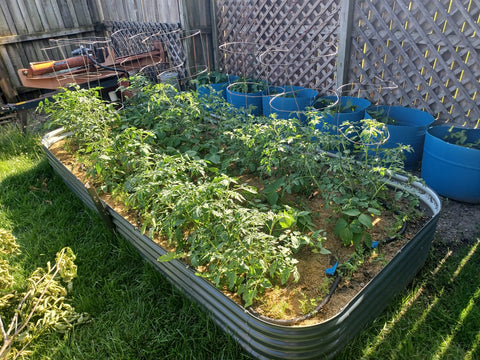Knowledge from Olle Garden Bed: When to Fertilize Pumpkin Plants?
Pumpkin plants require adequate nutrients to produce healthy foliage and a bountiful harvest. Fertilizing your pumpkin plants is an essential aspect of caring for them. However, it's important to apply fertilizers at the right time to avoid damaging the plants. Read here are some things that you should know when It comes to Olle Garden Beds!
The best time to fertilize pumpkin plants is before planting and during their growth stages. You should prepare the soil before planting by adding compost or well-rotted manure to enhance the soil's fertility. This will provide a good foundation for the pumpkin plants to grow and develop.
Once the plants are established and start to produce leaves, you can start to fertilize them. It's recommended to use a balanced fertilizer with equal amounts of nitrogen, phosphorus, and potassium. Nitrogen is essential for foliage growth, phosphorus for root development, and potassium for fruit development.
You should fertilize the pumpkin plants once a month until they start producing flowers. After that, you should reduce the amount of nitrogen in the fertilizer to encourage the development of fruit. Over-fertilizing with nitrogen can lead to excessive foliage growth at the expense of fruit production.
Another important factor to consider when fertilizing pumpkin plants is to avoid applying fertilizer too close to the stem. This can cause fertilizer burn, which can damage the plant and reduce its yield. Instead, you should apply the fertilizer around the plant's drip line, which is the area directly below the plant's outermost leaves.
In conclusion, fertilizing pumpkin plants is crucial for their growth and development. You should fertilize the plants before planting and during their growth stages using a balanced fertilizer with equal amounts of nitrogen, phosphorus, and potassium. It's also important to avoid over-fertilizing with nitrogen and to apply the fertilizer around the plant's drip line to prevent fertilizer burn. By following these guidelines, you can ensure that your pumpkin plants receive the nutrients they need to produce healthy foliage and a bountiful harvest.

